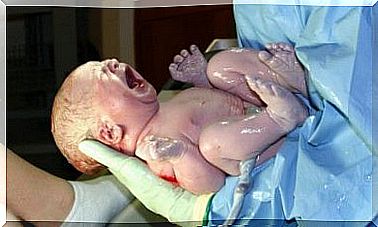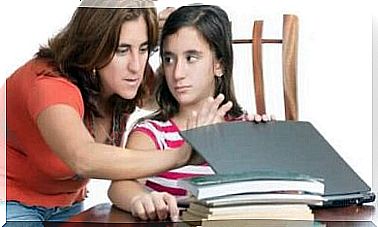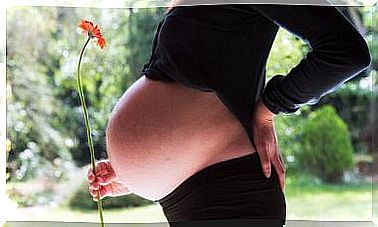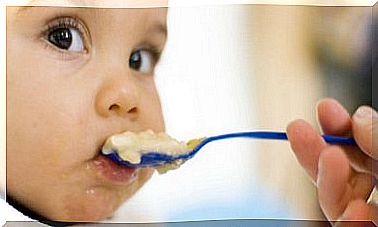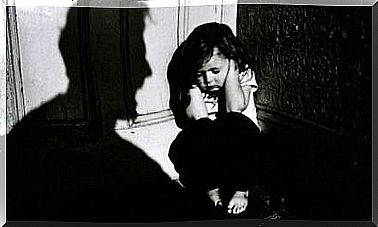Pediatric Arthritis: Everything You Need To Know About It

Many people believe that arthritis is a disease that only affects older people, but it can actually affect children and teens as well. In this article we tell you all about pediatric arthritis as well as symptoms and treatments.
What you need to know about pediatric arthritis
There is a very common misconception that arthritis is an inflammatory disease that only affects the elderly. But this disease can manifest itself at any age. As for juvenile arthritis, it appears before the age of 16 years.
There are several types of childhood arthritis that can manifest during childhood or adolescence, and it can last a lifetime. Rheumatoid arthritis affects the connective tissue. That is, the main component of the musculoskeletal system, which consists of the muscles, joints and tendons.
To diagnose juvenile arthritis , the doctor will perform several different tests and analyze the symptoms. It is necessary to see a rheumatologist. If arthritis is detected early, it can be treated.
Symptoms of rheumatoid arthritis
The symptoms will depend on the type of arthritis. Some forms of arthritis cannot even be spotted with the naked eye.
Patients with systemic arthritis suffer from swelling in the joints, fever and rash. Pediatric arthritis in many joints affects at least five joints at once. Rheumatoid arthritis or chronic arthritis affects the knees and wrists.
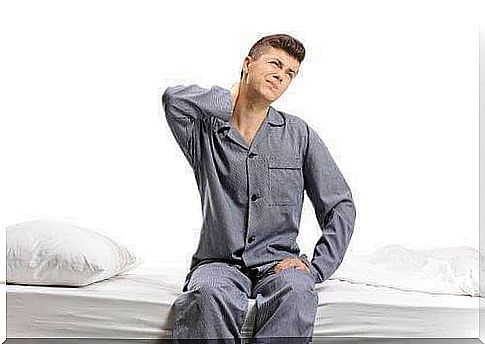
Some of the typical signs of juvenile arthritis are:
- Inflamed, red and hot joints.
- Sudden high fever.
- Paralysis, stiffness, joint pain.
- Limited mobility, difficulty using the limbs.
- Skin rash.
- Pale skin, swollen lymph nodes.
- Low back pain.
- Red eyes, pain in the eyes, photophobia, changes in vision.
If your child has at least one of these symptoms, you should take him or her to the doctor immediately.
The doctor will take many samples to diagnose arthritis. This includes blood tests that reveal rheumatoid factors, antinuclear antibodies, complete blood count, HLA-B27, etc.
Is there a treatment or cure for juvenile arthritis?
If only one or two joints are affected and the symptoms are mild, your doctor may prescribe an anti-inflammatory drug, which may be ibuprofen, for example, which may be enough to reduce the symptoms. Corticosteroids can be prescribed to patients with more severe pain.
When more than three or four joints are affected, patients suffer from fever, swollen lymph nodes or rash. In these cases, the doctor may prescribe another type of medication that reduces the symptoms, such as Enbrel and Remicade.
It is recommended that patients exercise mild to moderate exercise instead of resting, as resting can make the joints even more numb. For this reason, parents with arthritis should encourage their children to cycle, walk, swim or play another sport.
Physiotherapy can help reduce pain and expand the range of motion of certain joints. A cold wrap can also be applied to the affected area to reduce inflammation.
Children with juvenile arthritis need the help of their parents, friends, family as well as psychological help if the situation makes them depressed or irritable. Many children will not leave their homes or play with their friends because of the pain as this disorder makes them embarrassingly affected.
Conclusion

Children who are diagnosed at an early stage of the disease may be able to continue with their normal lives as long as they follow the treatment. In most of these cases, the arthritis stops and causes very little joint damage.
The severity of the disease depends on the number of affected joints and their condition. It is worth noting that children diagnosed with this condition are more likely to suffer from chronic pain or rheumatoid arthritis as adults.

